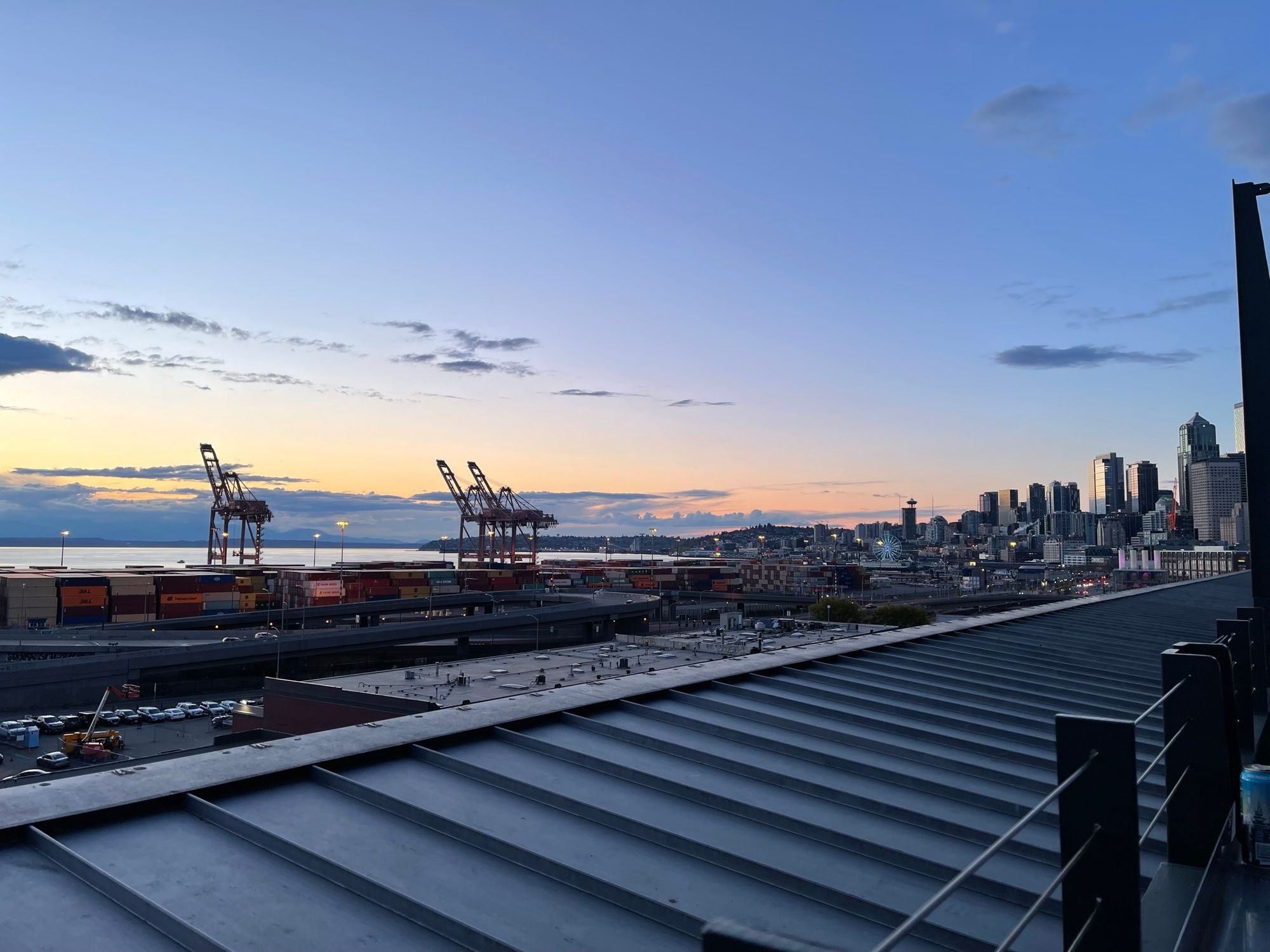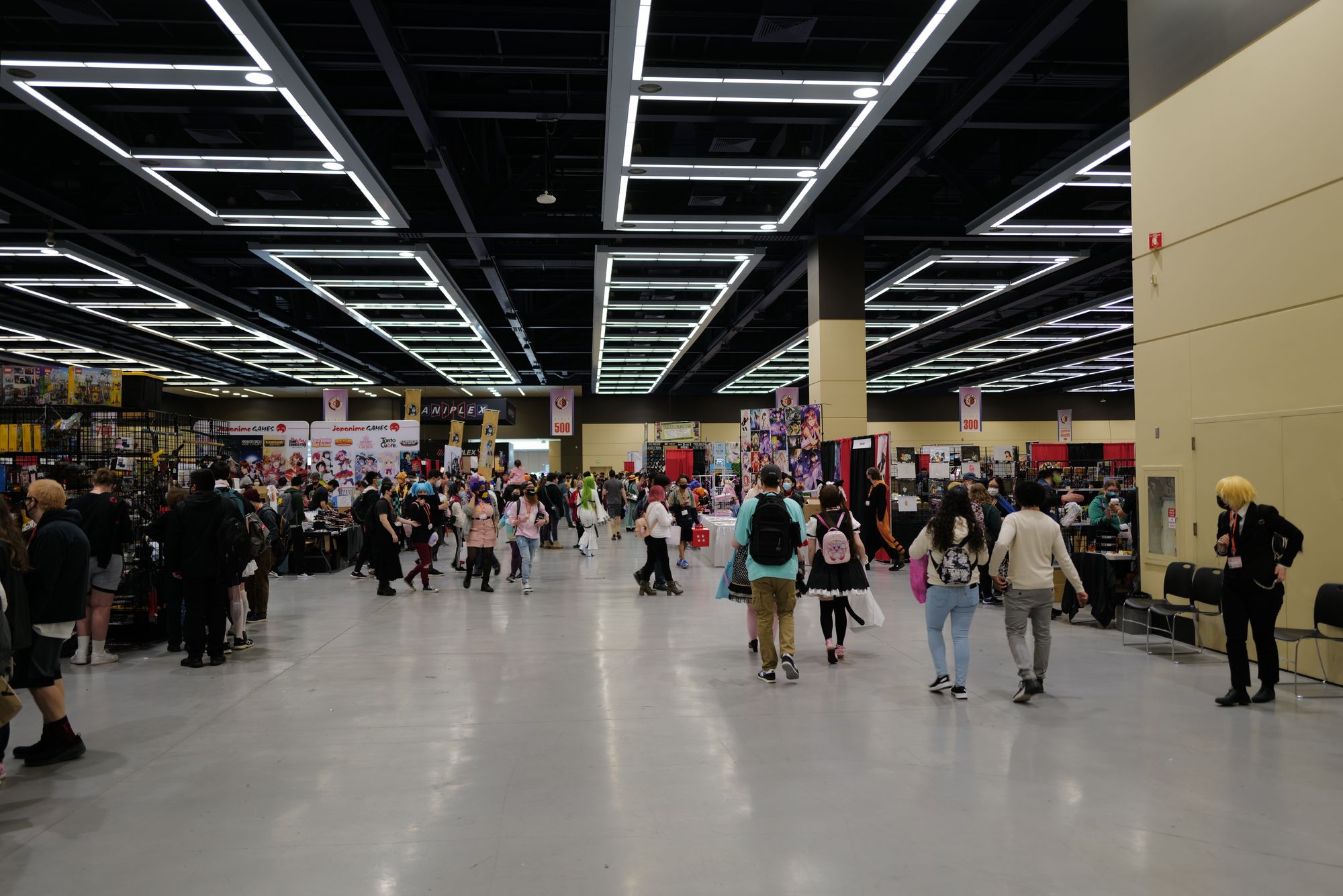March 16th, 2020. After a series of controversial statements expressing their continued intent to host Sakura-Con in 2020, the Asia-Northwest Cultural Education Association caves and announces in a Facebook post that they have "no other option than to cancel Sakura-Con 2020," expressing their desire to resume hosting the convention in 2021. In its place, a series of virtual events, seminars, and concerts captured some essence of the canceled convention.
January 23rd, 2021. The world has changed immensely over the past nine months. A new president has just been inaugurated, months removed from a controversial election cycle, and weeks removed from a historic insurrection on the country's capital. The pandemic still looms large, and while vaccines are on the horizon, they've yet to arrive. ANCEA once again announces that, with a "heavy heart," they must cancel Sakura-Con 2021.
Sakura-Con made the right call both years. COVID-19 will most likely go down as the defining event of the decade; a deadly virus, transmitted through the air, that reshaped the way individuals work, the way that companies do business, and the way that groups interact with each other. In the context of such a virus, it would have been foolish for ANCEA to host a convention that would have no doubt been a super-spreader event. Blood would have been on their hands.
But come 2022—with vaccines widely available, travel restrictions loosening, and the more dominant strains of COVID-19 being less deadly—all signs were pointing toward ANCEA being able to host Sakura-Con for the first time in three years.
And so they did.
The modern anime convention is a lot of things. Invited guests, normally industry professionals—primarily domestic, but some international—host panels and run autograph sessions, as their fan panel counterparts share grassroots insights, host game shows, and otherwise provide entertainment for more niche fandoms. Dealers halls showcase businesses large and small, while artist alleys serve the indie creators selling trinkets and prints of their artwork to fans or other individuals who are drawn in by the sight of the art. Game rooms offer a plethora of tabletop, arcade, and card-based activities for people to have fun with, while cosplay culture reigns supreme as fans take the opportunity to showcase their love for characters and series, complete with meetups and contests for like-minded individuals. This list is not comprehensive, either, as it does not include concerts, raves, AMVs, theaters, and much more that are considered part of the "quintessential anime convention."
Sakura-Con, for its part, has historically fallen in line with modern anime convention... conventions. The convention has not changed much over the past number of years; there are industry guests, domestic and foreign, that run Q&A panels and provide autographs. There is a dealers hall, an artist alley, an arcade, a theater, and a rave. Sakura-Con ticks the box on every item of the anime convention checklist, perhaps not with flying colors, but with enough cohesion and polish to provide a complete experience to the everyday con-goer.
However, prior to this year, the last convention ran by ANCEA was Sakura-Con 2019. So then, how does a convention fare after being out of the spotlight for 3 long years? What changes, and what stays the same? Can it live up to the standards of years past, especially with the cloud of COVID still looming over people's heads?

The answer, surprisingly, is yes. In fact, the time we spent at the con this year felt remarkably close to "normal." People were wandering around the dealers hall as always, looking through various books and plushies to find the one they want. The con's programming was filled with various fan panels, akin to years past. The arcade had regained its former glory, complete with a whole bunch of Japan-only games (Ongeki was there! Chunithm was there!). People showed up in droves, as the hustle and bustle of the convention felt almost identical to years past, which was a testament to Sakura-Con's resiliency coming out of a pandemic-induced hiatus.
In general, the vibe at the convention was significantly more positive than in years past, too. For many people, anime conventions are a form of escapism. A way to escape the doldrums of everyday life, to indulge in a passionate niche with like-minded individuals. That opportunity has been unavailable to them over the past three years, so many people were finally happy to be back in business after such a long hiatus. On the initial Friday, there was a level of excitement and joy we haven't seen in a very long time.
Kudos, Sakura-Con. You deserve it.

Of course, some things were remarkably different from years past, the first of which being registration. Sakura-Con sees healthy attendance year after year, and they had to actually turn people away from the con and close pre-registration due to reaching their capacity limit this time around, a modern first for the convention. For what it's worth, we didn't really feel an increased attendant presence on any day compared to years past, but nevertheless, ANCEA had to pull the plug on registration. Several factors probably impacted this—for one, registration for 2020 and 2021 rolled over into 2022, and since badges were non-transferable, and presumably those counted toward the capacity limit, even if the individuals registered couldn't make it. There may also have been reduced capacity overall at the convention center in the wake of COVID.
The second major change from years past was the vaccination/testing and mask policy. All attendees had to show proof of vaccination, or provide a laboratory-issued negative test result from within 72 hours prior to picking up their badge. In addition, masks needed to be worn at all times throughout the convention, except when drinking or eating. To Sakura-Con's credit, it felt like both the attendees and the convention staff were on top of this mask policy. Very rarely throughout the convention did we see people without masks on, and overall, it contributed to what felt like a reasonably safe group gathering environment at the convention. Even as COVID restrictions wane, steps like these taken by private entities to protect attendees from the virus are very much appreciated, and credit is due to the average Sakura-Con attendee for wearing their mask.
Finally, the last notable change was the guest line-up. While domestic travel within the United States, as well as international travel between its neighboring countries, is loosening up, international travel with other countries is still questionable at best, especially when it comes to returning to those countries of origin. As a result, there was a noticeable lack of Japanese guests at this year's Sakura-Con, something that the con normally goes out of its way to try to ensure. Combine that with some last-minute guest cancellations (presumably travel or COVID related), and the guest line-up definitely punched below Sakura-Con's normal weight. This is an understandable consequence of the times, however, so we hope to see the guest list composition return to its former glory.
Oh, and for all we've lauded the arcade, that Sound Voltex cab was not great. It was sticky to the touch and set to free-play, but it had no songs unlocked, so unless you were already on the cab's private network, you were stuck playing low-level songs and had to pick from a limited selection of tracks.

Sakura-Con started back in 1998, but under a different name: Baka-Con. Isaac Alexander, former Editor-in-Chief at AnimeNewsNetwork and Sakura-Con Staff from 1999-2004, once provided insight into the origin of the name. It was called Baka-Con because "the staff thought they were crazy trying to attempt [to] run an anime convention in the area."
Was ANCEA crazy, trying to attempt to hold Sakura-Con in 2020? Absolutely. And after doing the right thing and postponing the con a whole two years, was it worth the wait?
Almost certainly. See you in 2023.

Questions or comments? Tweet us at @fansubbing! You can also follow us for updates on the latest articles, too.


